War, gold and pyramids. Part one. What happened to the pyramids?
The pyramid of Pharaoh Djoser. Before her, both kings and their dignitaries were buried in mastabah.
However, even at VO no and no, and there are comments, it’s good that at least not the articles that the Russians built the pyramids in Egypt, that “secret knowledge” was ciphered in them, that the Egyptians couldn’t build them and that Tutankhamen’s golden coffin is a fake archaeologist Carter. In general, as before, quite many people believe that there are only three pyramids in Egypt, that our main knowledge about it is drawn ... it is not clear where it is, and all this is a figment of conspirators-scientists, but often all this is a consequence of a very superficial knowledge of the subject. A completely different picture arises when you are working on a topic for about twenty years, and when even your students already work as managers of travel companies that carry people to the same pyramids ...
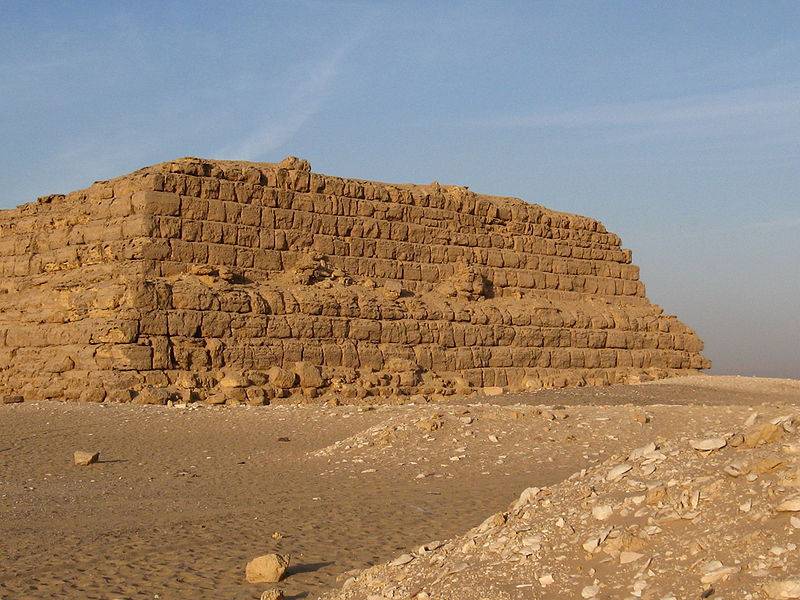
Mastaba of Pharaoh Shepseskaf in Saqqara. He ruled after Cheops and for some reason built a mastaba. Why?
We will consistently tell you about the wars of ancient Egypt (after all, wars are slaves who ... "built the pyramids"), about the artifacts found in them and about the pyramids themselves, which, as it turned out, well, just a lot. Well, to begin the story of the pyramids will have to talk about ... mastab - the beginning of the beginning of the ancient Egyptian funerary culture.
Mastaba (in Arabic, "bench") was the direct predecessor of the pyramids and was a tomb for the nobility. There are several hundreds (!) Of such mastabs, built before the pyramids, simultaneously with the pyramids and even after the pyramids. Each mastaba, although they are very similar - the original architectural structure. Everything is the same as with knight armor - everything is similar, but you can't find two identical ones! Outwardly, it is ... a structure made of stone or lined with stone with sloping rectangular walls, somewhat resembling modern gold bars. It had three sections: the underground, where there was a sarcophagus of limestone or granite, always on the western side of the burial chamber (“to go to the West” means to die!). The second part is the warehouse of the grave goods, and the third is the chapel. Some mastabas were very large. For example, Ptakshepses mastaba had 40 premises!
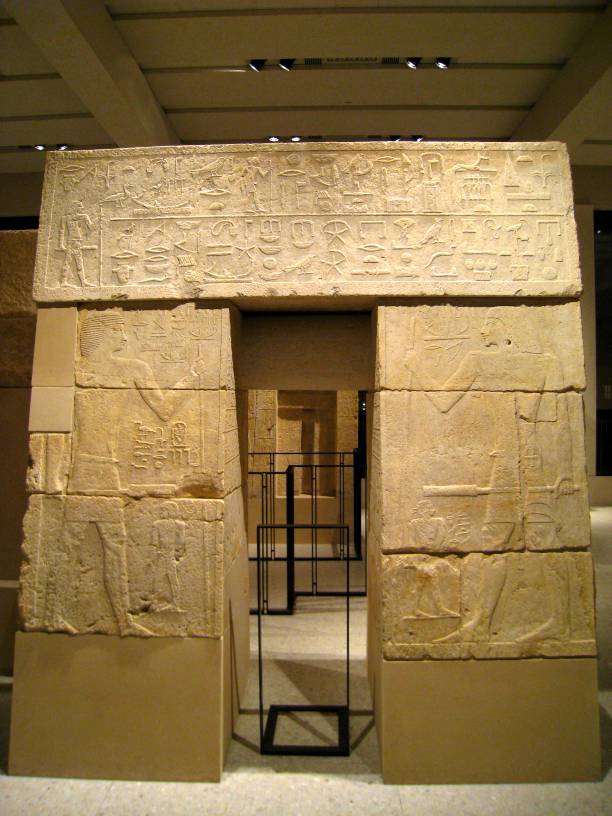
Berlin Museum. Entrance to Merida Mastaba.
It is clear that all the mastabs were already robbed in antiquity. But ... what the robbers could not carry away was the frescoes on the walls. The walls of the chapel and the chambers, as a rule, were decorated with painted reliefs, which were ancient “comics” from the earthly or afterlife of the deceased. On them in the smallest details depicted the work of farmers, home life, music, dancing, games, military campaigns and the afterlife. Pictures themselves are accompanied by explanatory texts.
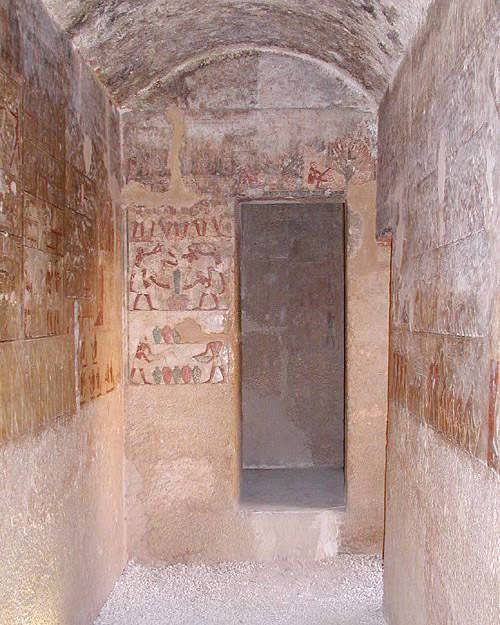
Vaulted ceiling and painting on the wall in the room of the tomb of Imeri in Giza. The painting depicts the process of making grape wine.
On the walls are hundreds of thousands of mastab figures, tens of thousands of small parts. It is physically impossible to falsify all this - this is work for thousands of people for many years, which, among other things, would be inconceivably expensive, and why? The first to enter Mastabas was Champolion. Then such “shares” did not make sense at all.
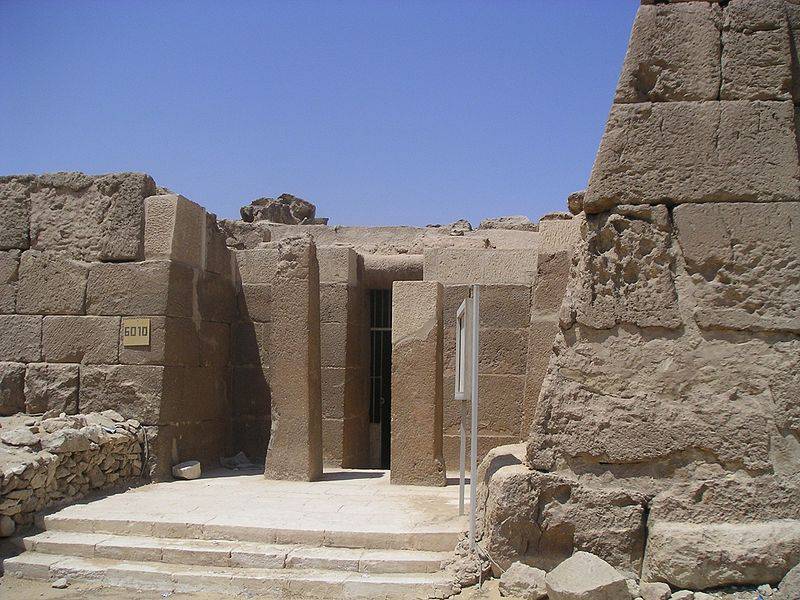
Mastaba Neferbauptah. Plateau Giza.
Mastaba was built for centuries. The work of hundreds of people who worked for years was invested in it. The size of the largest 50 mastab on 30 meters, and their height 7-8 meters. Many mastabas were fenced with walls up to 3 meters thick. The mines leading to the burial chambers were covered with rubble and stones. That is, if it were not for the mastabs, we half would not know what we know today about ancient Egypt. You could even say that pyramids for Egyptologists are a thing less valuable than mastabs. Moreover, it is clear from them that as the riches of Egypt grew, the sizes of the mastabs also increased!
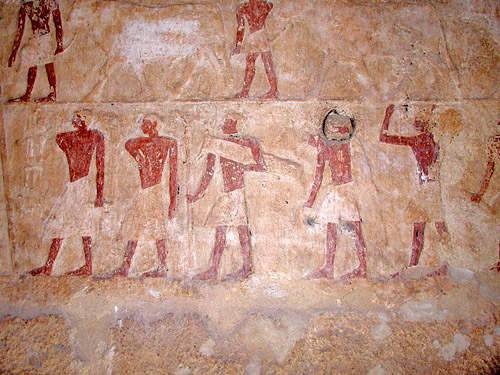
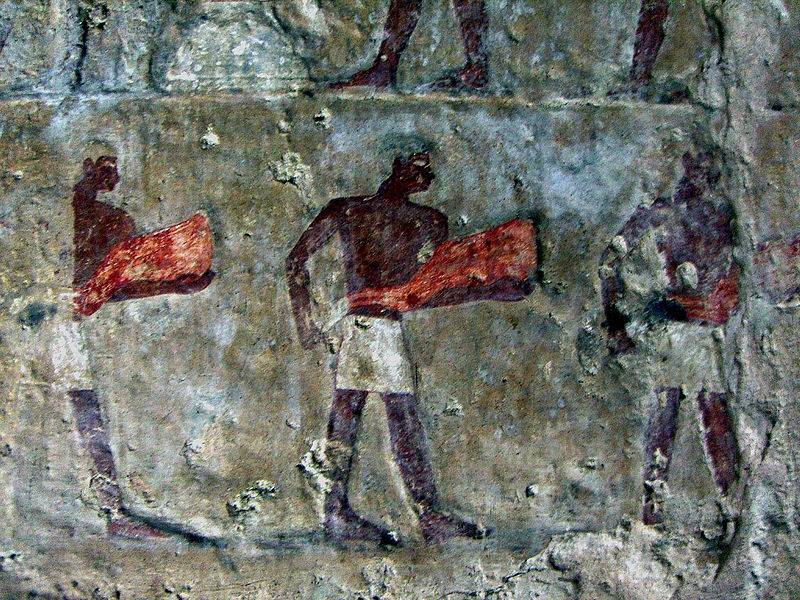
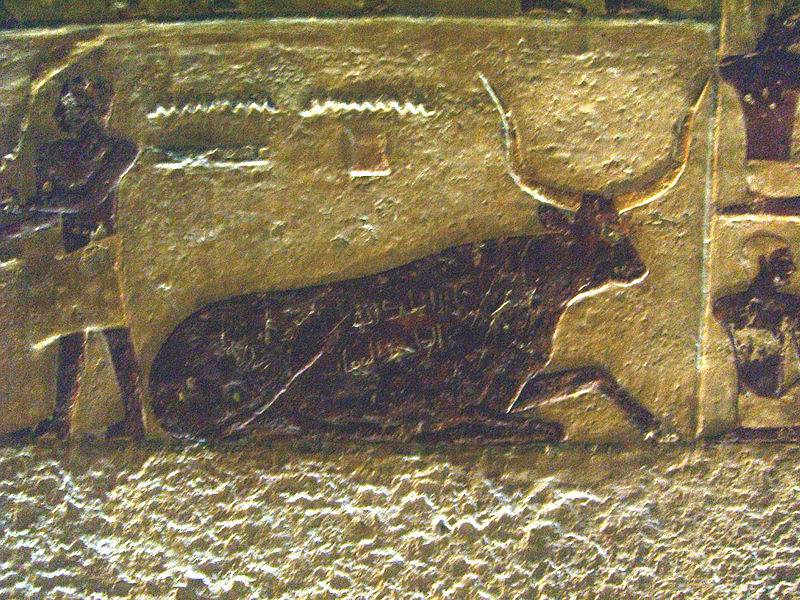
The frescoes on the wall of the tomb of Neferbauptah.
However, as many as three centuries passed since Egypt became a single state, before the next king of the III dynasty, called Djoser, was apparently so overwhelmed by his own importance that he decided to build himself a mastaba of unprecedented size. Even then, Egypt waged wars, as we were told all the same mastabah, but the influx of slaves, if there was, it is small. And the wars themselves were also small in scale. After all, the warriors went hiking. And also on "their own two" and fought. Accordingly, the main prey was cattle, which could drive and feed on grass. And the prisoners had to be fed the same as the soldiers ate. That is why the ancient name of the slaves in Egypt is “the living dead”, that is, initially all the prisoners were simply killed.
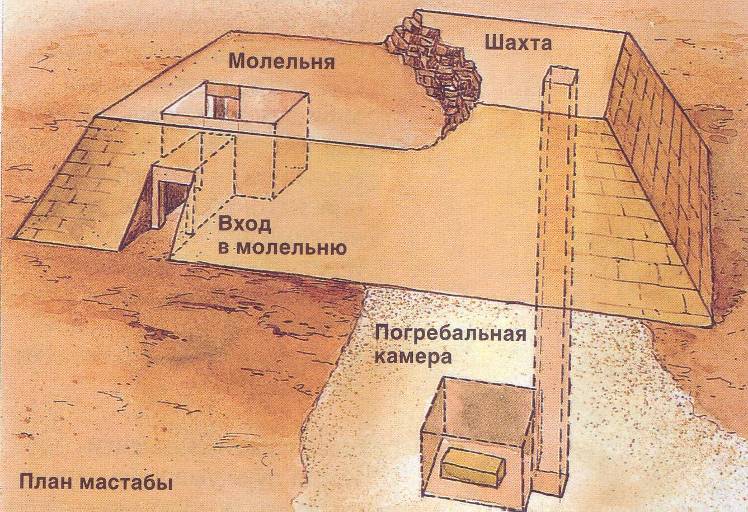
Joser, having conceived to create an unprecedented mastaba, began by deciding to build it not from raw bricks, but entirely from stone blocks. This happened around 2700 BC, and the highest court dignitary Imhotep was appointed the architect. Studying what he did, started back in the 1837 year, after which the “pyramid of Djoser” didn’t study unless it was lazy. As a result, we studied it in a thorough manner, and today it is one of the most studied “from and to” the pyramids of Egypt.
The funeral complex of Djoser.
It turned out that at first it was just a square mastaba in 63 meters in length and height in 9 meters, made of stone and covered with limestone slabs. Then it seemed to Djoser that she was small (apparently, she appropriated someone else’s and decided to add something to her from herself), and he ordered me to add masonry meters along the 4 in all directions. Then add another 10 meters to the east, and its mastaba has become traditionally rectangular. And only now Dzhoser ordered the former building to be made wider even by 3 meters in all directions and put three terrace-like steps on it in height of 40 meters. So his mastaba became a four-step. But this was not enough for him. He ordered to extend its base to the west and north and add two steps to the top. Finally, the pyramid was also tiled with slabs (the sixth phase of construction), after which the dimensions of its base were 125 on 115 meters, and the height of 61 meters. Thus, his tomb became the tallest structure, which was then known.
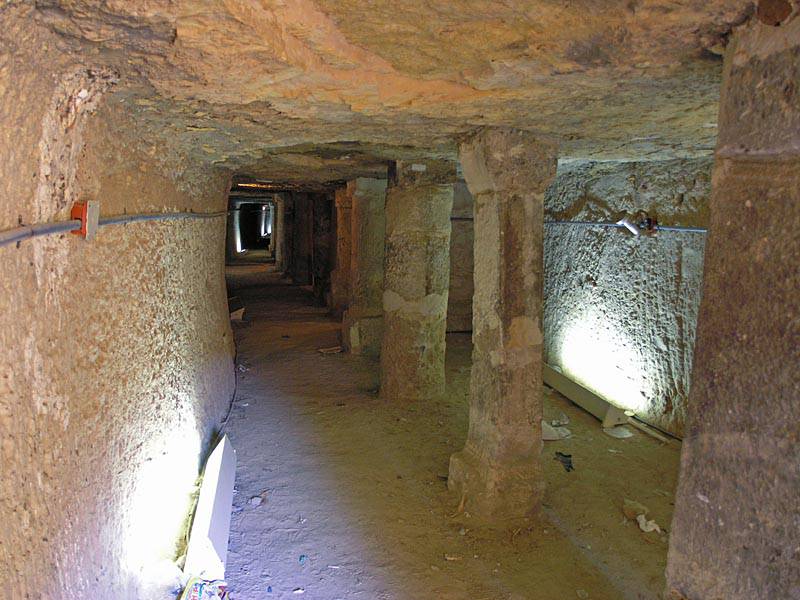
Dungeon under the pyramid of Djoser.
Later pyramids were built according to the rule: one pyramid - one king. But Djoser’s pyramid was a family burial vault for all the wives and children of the king, so there were entire 11 burial chambers in it! And the tomb of the king was located right under the center of the originally designed mastaba, and not in the pyramid itself. Archaeologist Koneym about the internal structure of the pyramid of Djoser said that it was some kind of "giant rabbit hole."
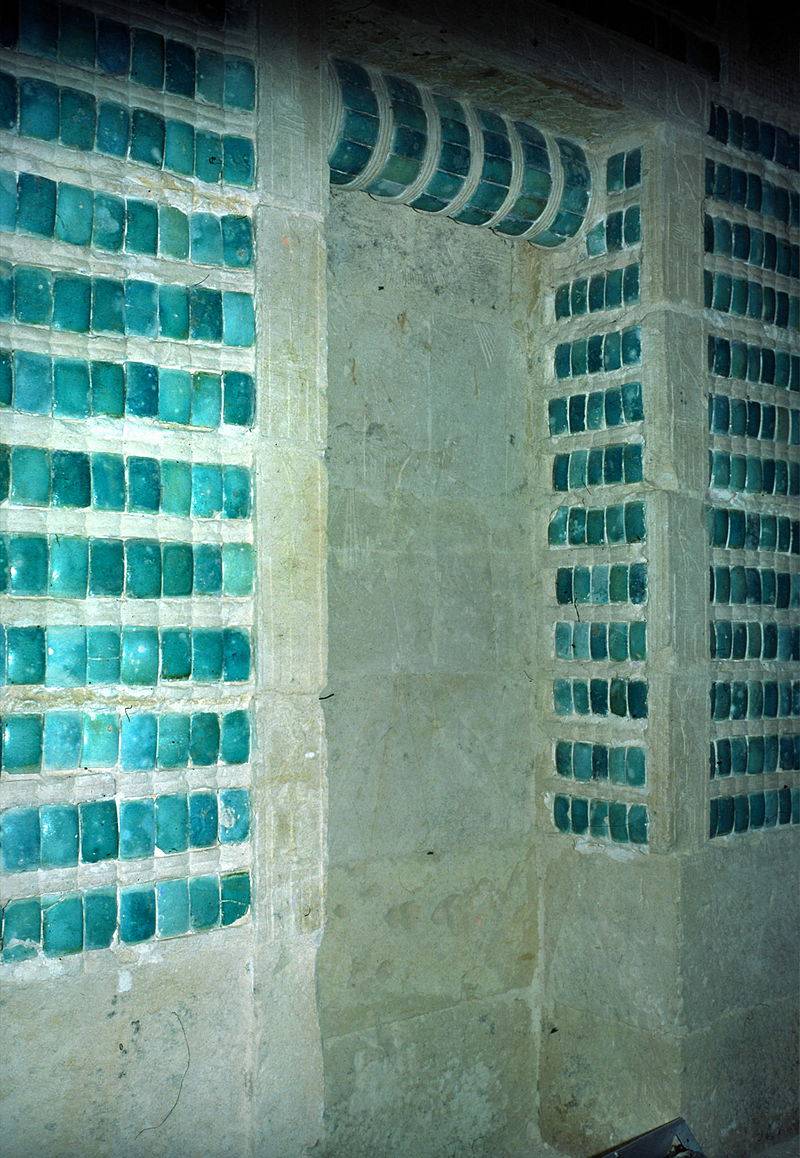
The tiles that covered the walls in the dungeon pyramid of Djoser.
It is clear that all the premises of this “hole” were robbed in antiquity, but two sarcophagus from alabaster were found in one of the rooms, one of which contained a broken gilded wooden sarcophagus with the remains of a mummy of a child of eight years old. But the most amazing find was the 60-meter corridor, which was filled up with an incredible amount of burial utensils. The number of stone vessels, according to calculations of archaeologists, it amounted to 30-40 thousands !!! Several hundred were from alabaster and porphyry, and they were perfectly preserved, and from the rest, broken, about 7 thousands, they managed to glue! If it is a fake, then it’s just phenomenal in its stupidity, as it doesn’t prove anything, and making 40 thousands of vessels to break most of them is idiotic.
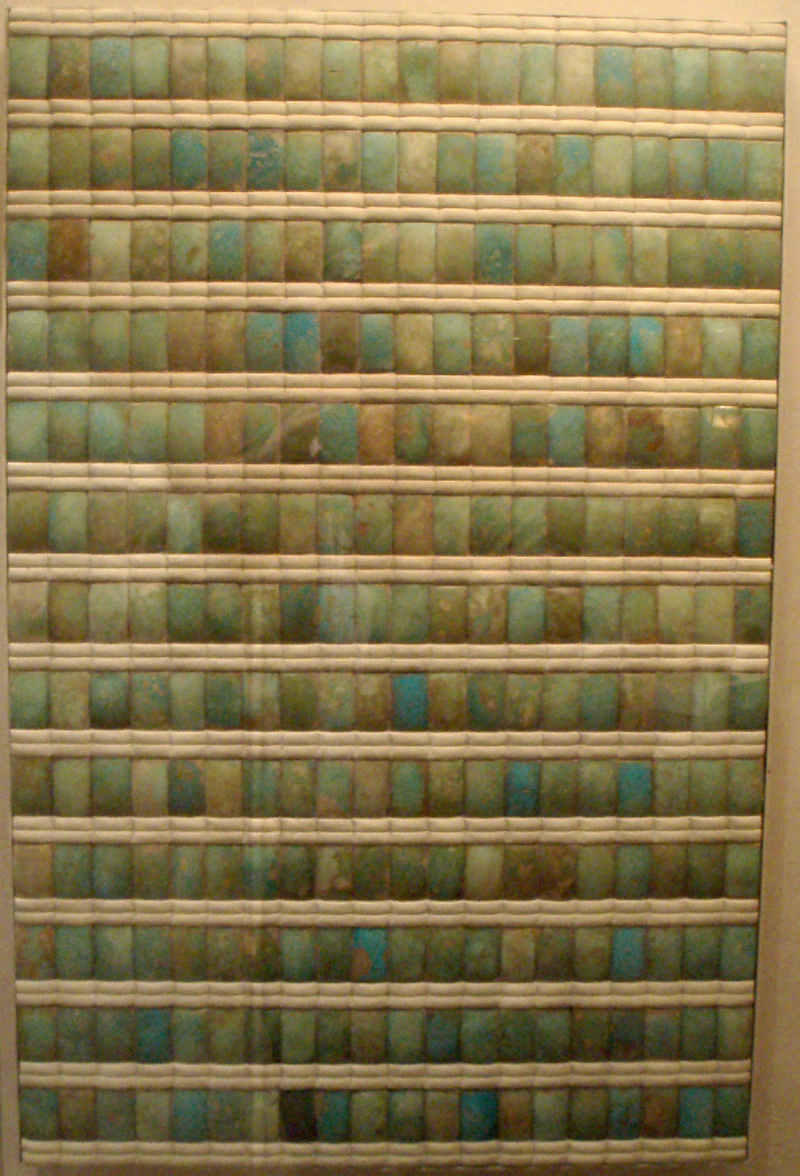
These same tiles in the Metropolitan Museum of Art, New York.
The most interesting thing is that the pyramid of Djoser, like many mastabs, was fenced with walls, and very high - 10 and height. It was decorated with ledges and symbolic gates, but there was only one real entrance. The wall enclosed a rectangle the size of 554 on 227 meters, in which there was a requiem church and two religious palaces - North and South, in which there were the symbolic thrones of "Two Lands", the column halls and altars. In a word, it was a completely and completely religious building, which had nothing to do with the “breakwater” and in general with any encrypted knowledge of the ancients.
View of the pyramid and the remains of the temple complex.
The study of the pyramid also made it possible to find out that the stone blocks for it were hewn from coarse-grained limestone, taken from the local quarry, but the lining was from fine-grained limestone, and it was brought from the other side of the Nile. In both the quarries found traces of the work of ancient masters, and their tools. Stones received for the construction of rough processing. Therefore, the external surfaces of the blocks were leveled already after laying with copper bits. They controlled the quality of work with wooden planks, smeared with red paint, which were applied to the slabs just as dentists pinned to our teeth pieces of black carbon paper today.
"Guide" on the burial complex of Djoser.
The sizes of the pyramid blocks of Djoser are small, so there were no difficulties with their delivery. Two people would be quite enough. The intensity of the work was seasonal. In the Nile flood, stones prepared in advance could be transported on rafts and barks almost to the base of the pyramid.
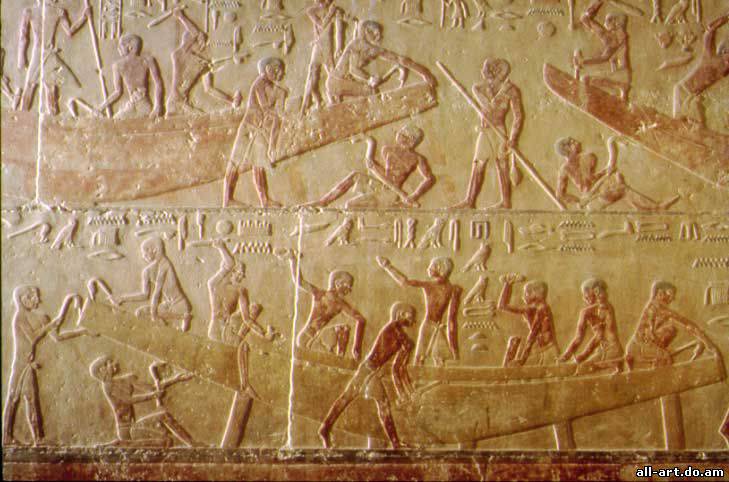
Relief of the tomb of Ti. XXV — XXIV centuries. BC. Fragment. Plaster on the stone, cutter, tempera. Saqqara
Again, do not think that there is a pyramid of Djoser, and then the pharaohs immediately began to build "true pyramids." Nothing like this! The second step pyramid was the pyramid of Sehemkheta, found in 1952 by the archaeologist Goneim. What was left of it was excavated, and it turned out that it had already been built as a stepped one from the very beginning. The limestone blocks on it were the same size as Djoser, but its construction is more perfect. Inside it has a core of rough stone blocks, the masonry of which is narrowed from the base to the top. If it were completed, it would have a height of 9 meters higher than that of Djoser, would have seven steps and a size of 120 on 120 meters. The burial chamber was located exactly under the center of intersection of the diagonals. Work stopped at the second stage, apparently because of his sudden death.
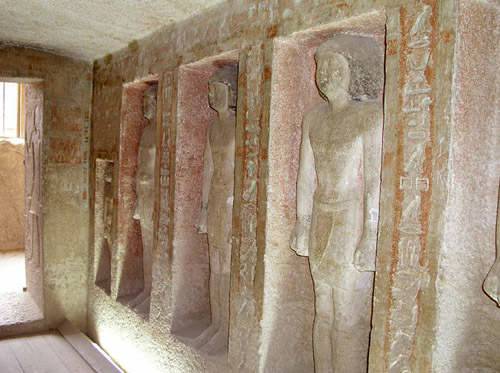
Statues on the western wall of the Ida mastaba in Giza.
Then the step pyramid was built in Medum, fifty kilometers south of Cairo. It is believed that Pharaoh Huni built it - the last king of III dynasty. All of it collapsed, but if it had been built, then with a square base it would have the dimensions 146 on 146 meters and the height 118 meters. But most importantly, near this pyramid found the remains of building embankments, on which stone blocks were dragged up. So modern studies have confirmed what Diodorus reported yet - “the pyramids were built using embankments”.
So ... the ancient Egyptians did not use any "special" methods in the construction of the pyramids. It is precisely known how slowly, step by step, the size of the tombs of the nobility - mastab increased. Then there was a qualitative leap - Djoser's pyramid, followed by the “progress” stage, when stepped pyramids grew, and their design became more and more perfect.
Well, now how to get to the pyramid of Djoser, which, together with the whole complex of buildings, the preserved statue of the king in the prayer house and all its dungeons, is in any case no less interesting than the Great Pyramids.
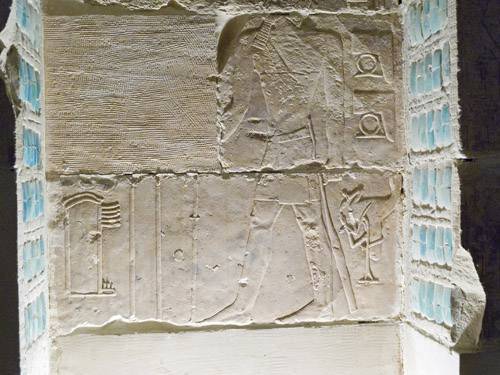
The image on the wall of one of the corridors of the cave pyramid of Djoser.
The Djoser complex is located in the village of Sakara, and you can reach it by train from Cairo, but from the station you will most likely have to walk more than 3 km. It is possible - for fans of extreme sports, on horseback or on a camel from the pyramids in Giza, but this is 3-4 hours under the Egyptian sun! You can book a tour from any popular hotel for Russians anywhere, but ... not many people go there. You can take the shuttle bus from Cairo to Saqqara Village, but ... you need to know where it stops and be able to communicate with the locals. Finally, the easiest way is to get in a taxi and say - Saqqara, Djoser - and they will bring you there. But it is expensive, more expensive than an excursion, and you have to bargain, but they’ll get you there, and it’s hard to drag from one pyramid there to another. The price of the entrance to the 30 necropolis of Egyptian pounds, but in the pyramid of Djoser itself you need permission from the Ministry of Antiquities of Egypt in Cairo. You can get it just by presenting the card of a member of the Union of Journalists of Russia - they say, I want to write a complementary article. Here, in fact, all your troubles, but you will visit the very first pyramid of Egypt.
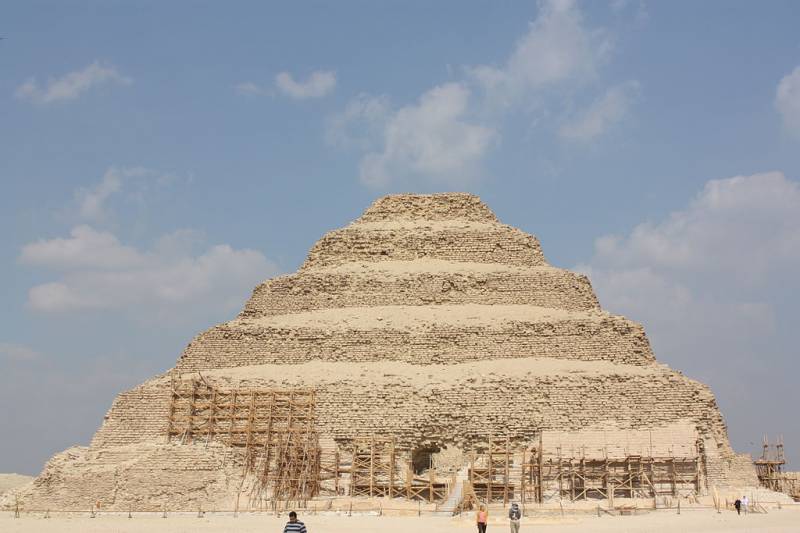
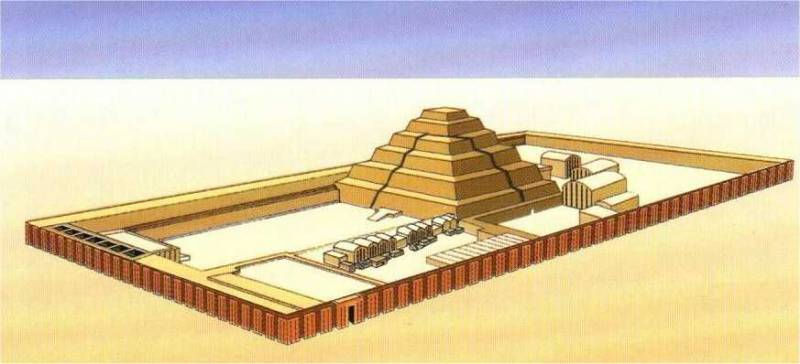
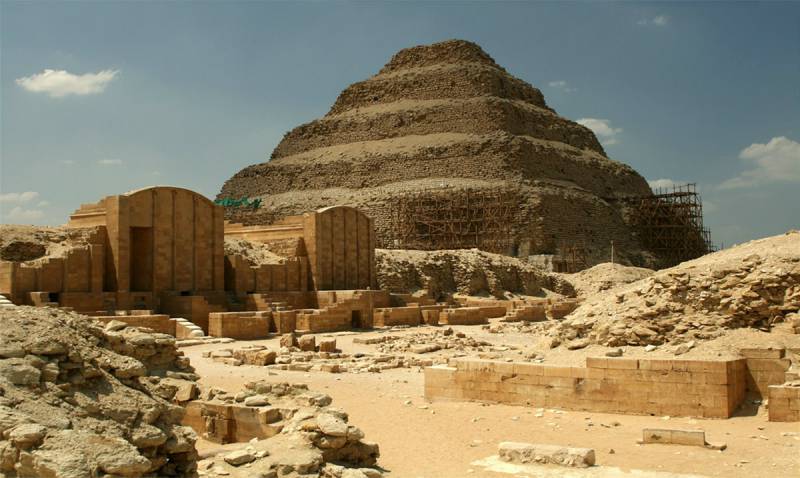

Information